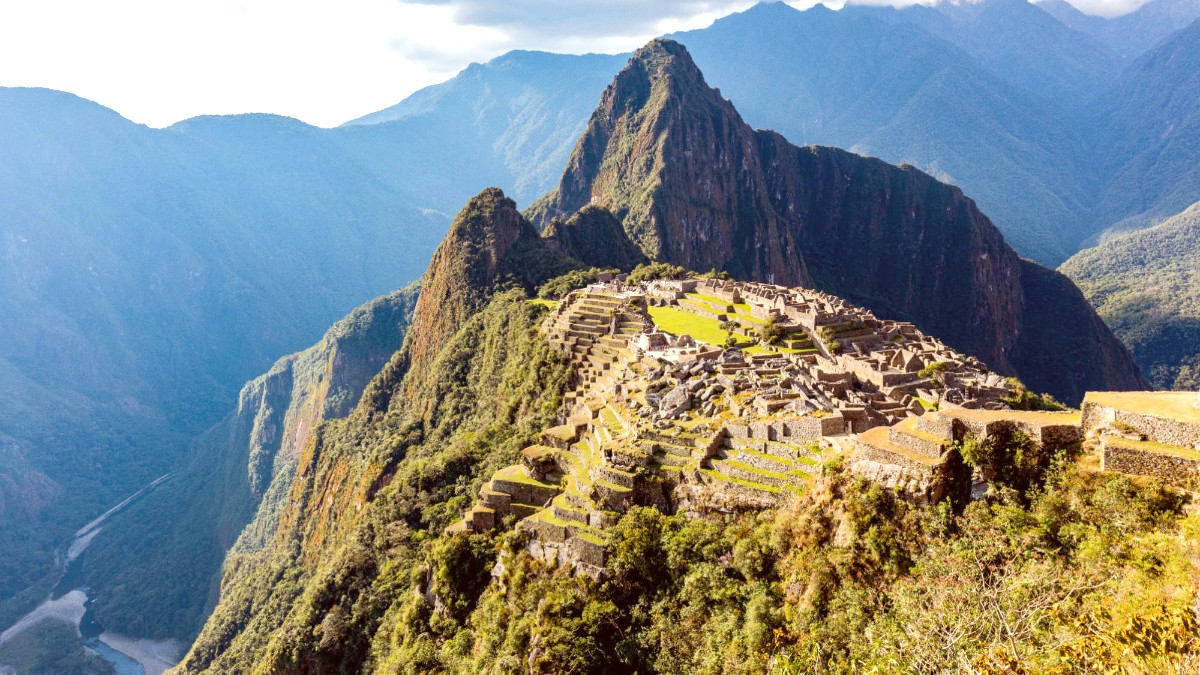
Cuzco And The Sacred Valley, Peru
The mountainous terrain and cloud forest environment present opportunities for hiking and nature observation.
These walks vary in length and difficulty, ranging from easy strolls to moderate climbs within the archaeological site.
This climb is challenging and steep, often involving chains or ropes on sections. It needs good physical fitness and no fear of heights. Permits are limited and sell out quickly.
This hike is extremely difficult, dangerous, and unmaintained. It is only suitable for experienced and adventurous hikers who are prepared for unsupported climbing. This hike is not recommended for all travelers.
The Putucusi Mountain hike is dangerous and unmaintained. Undertake it only if you are an experienced hiker with appropriate gear and awareness of the risks involved.
Opportunities for deep cultural immersion are more limited in Aguas Calientes compared to Cusco or other Sacred Valley towns.
Some hotels may offer small, informal cultural performances for their guests. The train journey (e.g., PeruRail Vistadome) sometimes includes onboard cultural shows, like traditional dances or fashion shows featuring alpaca products.
Community-based tourism is not a focus in Aguas Calientes, which functions as a tourist service hub. These initiatives are found in rural communities within the Sacred Valley, offering opportunities to interact directly with local Quechua communities and learn about their way of life.
For genuine local interaction and cultural immersion, ventures into the Sacred Valley are recommended over staying solely in Aguas Calientes.
Catch cultural shows on some train services, featuring traditional Andean dances and music.
Direct interaction with local Quechua communities mostly exists in rural Sacred Valley communities.
Some train services and hotel settings feature fashion shows with alpaca products, a blend of culture and commerce.
After exploring Machu Picchu, relaxation is often a priority.
The town's namesake hot springs feature several pools with varying temperatures. People believe these waters possess therapeutic properties. The facilities are basic but give a relaxing soak.
These are not a focus in Aguas Calientes. You can find more dedicated retreats and wellness centers in the Sacred Valley.
Some local vendors may offer traditional remedies. Beach and pool clubs: Aguas Calientes has no beaches. Some higher-end hotels feature swimming pools, but you will not find dedicated beach or pool clubs.
Ease tired muscles at the Aguas Calientes Hot Springs after a day of hiking.
Indulge in a relaxing massage or other treatments at your hotel's spa facilities.
Find a quiet spot by the Urubamba River for contemplation and tranquility.
Nightlife in Aguas Calientes is generally subdued, with the town winding down relatively early.
You find a few small bars and pubs, but no large nightclubs are present.
The main street, Avenida Pachacutec, and the area around the train station have the highest concentration of bars and restaurants. You will not find organized pub crawls.
Most venues close relatively early, catering to travelers needing early rest for Machu Picchu.
Enjoy a quiet dinner with traditional music rather than a bustling nightlife scene.
Many visitors prioritize rest for early morning Machu Picchu adventures, leading to a quieter town after dark.
A calm evening walk along the Urubamba River provides a peaceful way to end the day.
Plan for a relaxing dinner and an early night, as the town caters to those visiting Machu Picchu at dawn.